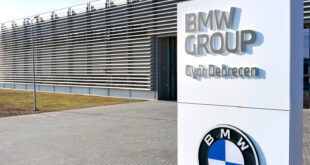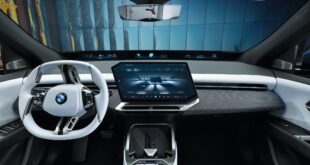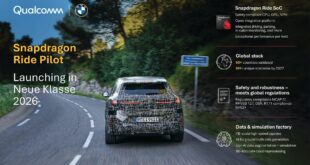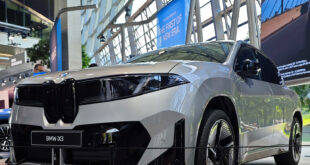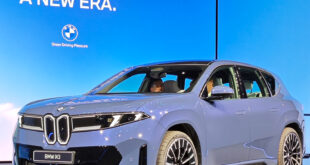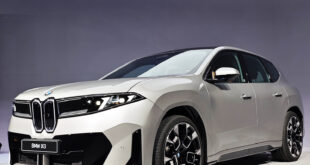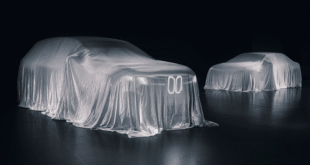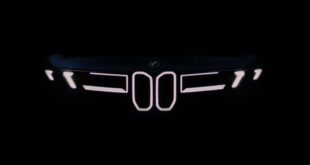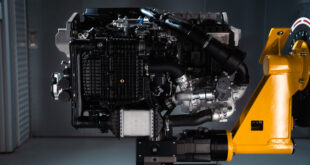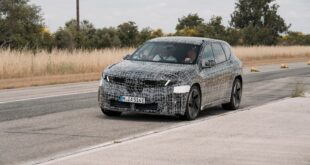The BMW iX3 leads the Neue Klasse charge with a cradle-to-grave sustainability brief that reaches far beyond the drivetrain. From day one on the road, owners see tangible benefits: on Europe’s grid mix, the iX3’s lifecycle footprint undercuts a comparable combustion model after roughly 21,500 kilometres, and with renewable charging that break-even arrives at about 17,500 kilometres. It’s a practical, engineering-led path to lower emissions without compromising everyday usability.
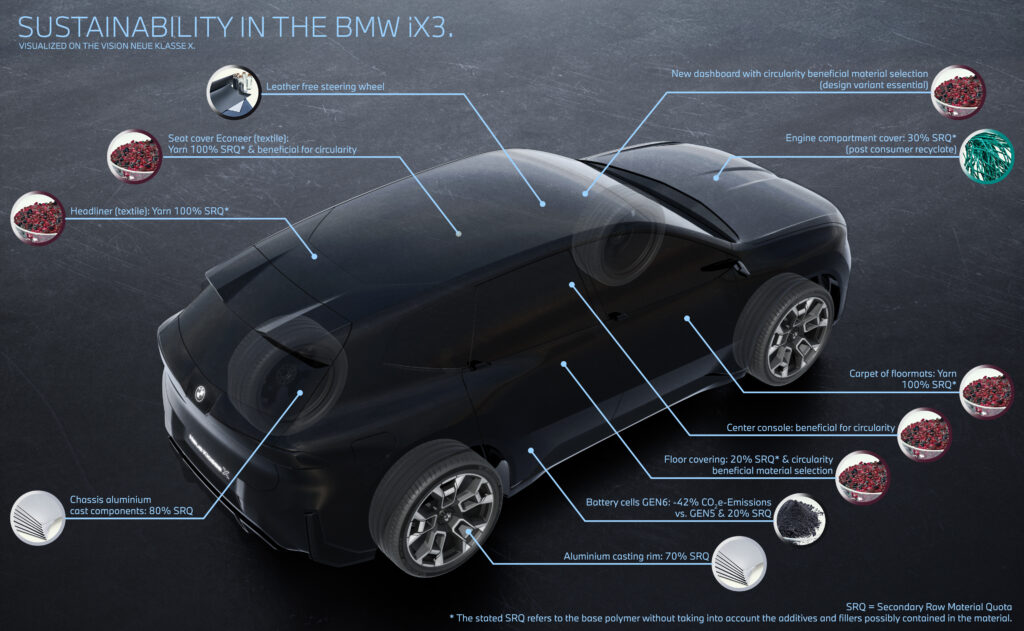
BMW has pushed hard upstream. During development, supply-chain CO?e fell by 35% through greater use of secondary materials and renewable energy. The Gen6 battery cells in the iX3’s high-voltage pack contain 50% secondary cobalt, lithium and nickel, while anode, cathode and cell production run on renewables, trimming CO?e per watt-hour by 42% versus the previous Gen5 unit. These gains are banked before the iX3 50 xDrive even turns a wheel.
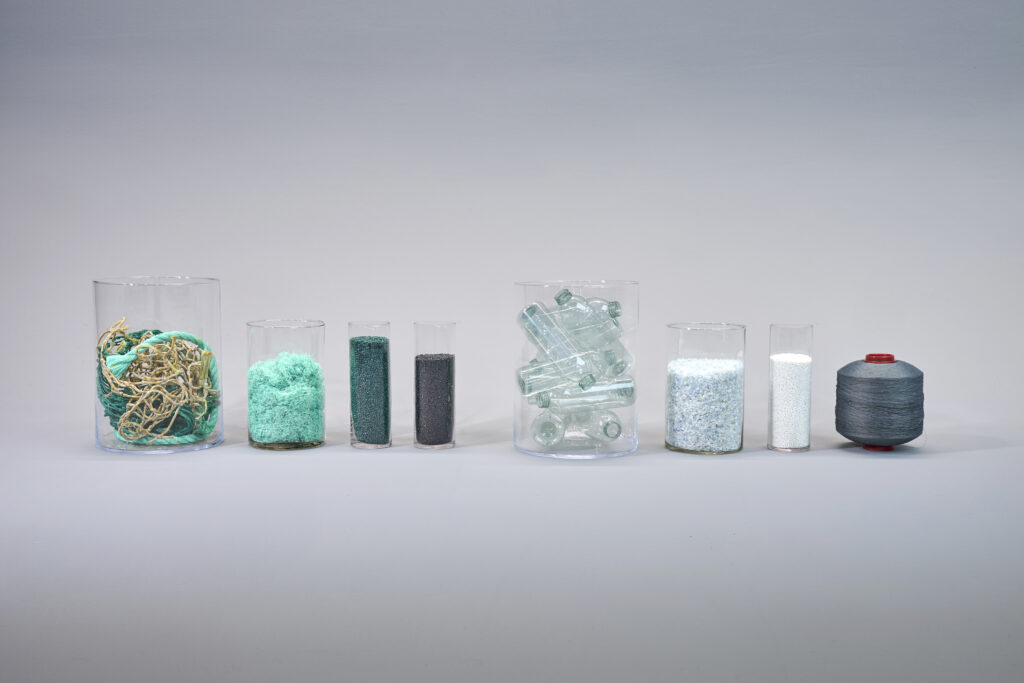
Recycled content is embedded throughout the vehicle. Around 30% of the plastics used for the engine-bay cover and the front under-hatch stowage come from maritime sources such as recovered fishing nets and ropes. Secondary aluminium makes up about 80% of the wheel carriers and swivel bearings and roughly 70% of the cast wheels. A Design for Circularity mindset means one third of the iX3 50 xDrive’s material mass is secondary, with Econeer seat coverings using a PET mono-material—fabric, adhesive and fleece—to enhance recyclability. The same approach shapes the centre console, instrument panel and floor trim for simpler disassembly at the end of life.
On the road, the iX3 is notably frugal. BMW EfficientDynamics delivers a 20% drop in energy consumption versus its predecessor (WLTP combined) through cleaner aerodynamics, reduced rolling resistance and lower on-board power draw, paired with a highly efficient drive unit. Careful underfloor panelling, precise airflow management and tyre optimisation help the SUV hold speed with minimal drag and stable, assured handling.
Production completes the loop. Built at BMW’s Debrecen plant, configured to run without fossil fuels under normal conditions, the iX3 is assembled using electricity alone, with up to a quarter supplied by on-site photovoltaics and the balance from renewable sources. Surplus solar energy is stored and used to heat paint ovens, helping drive factory emissions down to just 0.1 tonnes CO?e per vehicle. All of this supports the wider BMW roadmap—Net Zero by 2050 or earlier and a cumulative 40-million-tonne CO?e reduction by 2030—underpinned by a TÜV-verified Product Carbon Footprint report that’s publicly available and viewable in the My BMW app.
 BMW.SG | BMW Singapore Owners Community The Ultimate BMW Community – Established Since 2001
BMW.SG | BMW Singapore Owners Community The Ultimate BMW Community – Established Since 2001
